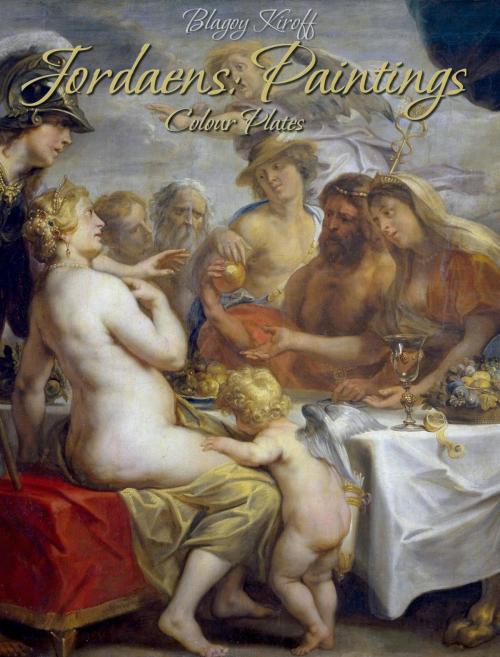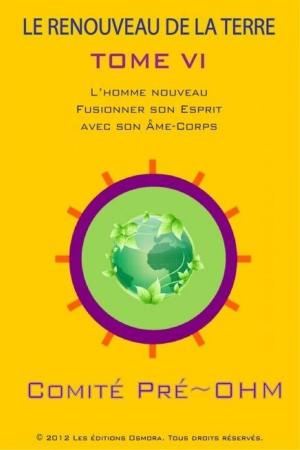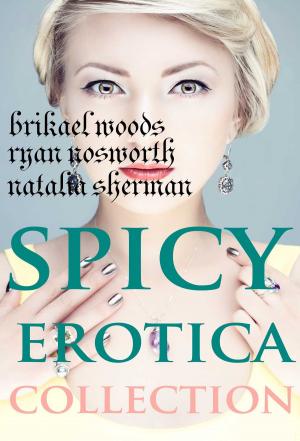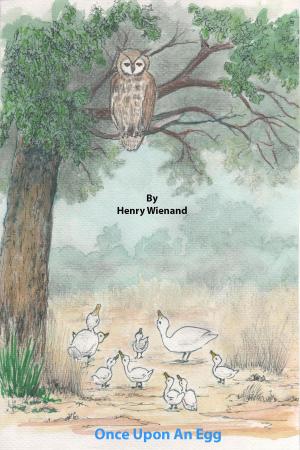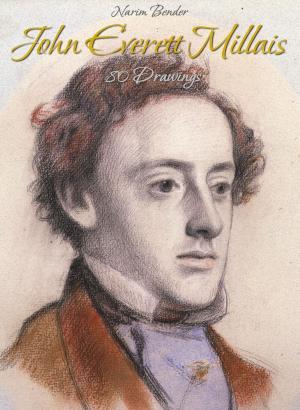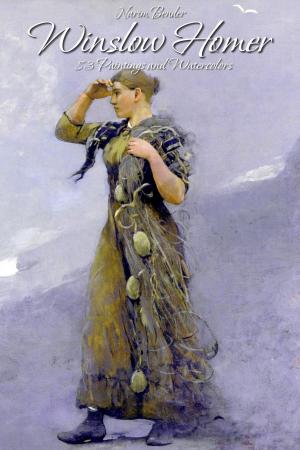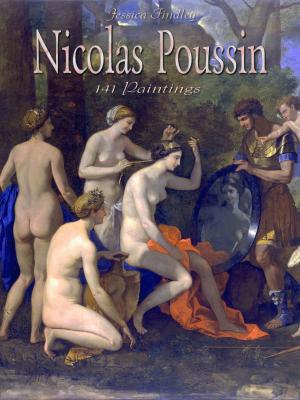Jordaens: Paintings (Colour Plates)
Nonfiction, Art & Architecture, Art History, European, General Art| Author: | Blagoy Kiroff | ISBN: | 9782765916048 |
| Publisher: | Osmora Inc. | Publication: | July 18, 2015 |
| Imprint: | Osmora Inc. | Language: | English |
| Author: | Blagoy Kiroff |
| ISBN: | 9782765916048 |
| Publisher: | Osmora Inc. |
| Publication: | July 18, 2015 |
| Imprint: | Osmora Inc. |
| Language: | English |
Jacob Jordaens (1593 – 1678) was one of three Flemish Baroque painters, along with Peter Paul Rubens and Anthony van Dyck, to bring prestige to the Antwerp school of painting. Like Rubens, Jordaens painted altarpieces, mythological, and allegorical scenes, and after 1640—the year Rubens died—he was the most important painter in Antwerp for large-scale commissions and the status of his patrons increased in general. However, he is best known today for his numerous large genre scenes based on proverbs in the manner of his contemporary Jan Brueghel the Elder. Jordaens never made the traditional trip to Italy to study classical and Renaissance art. Despite this, he made many efforts to study prints or works of Italian masters available in northern Europe. For example, Jordaens is known to have studied Titian, Veronese, Caravaggio, and Bassano, either through prints, copies or originals. His work, however, betrays local traditions, especially the genre traditions of Pieter Bruegel the Elder, in honestly depicting Flemish life with authenticity and showing common people in the act of celebratory expressions of life. His commissions frequently came from wealthy local Flemish patrons and clergy, although later in his career he worked for courts and governments across Europe.
Besides a large output of monumental oil paintings he was a prolific tapestry designer, a career that reflects his early training as a "watercolor" painter. Jordaens' importance can also be seen by his number of pupils; the Guild of St. Luke records fifteen official pupils from 1621 to 1667, but six others were recorded as pupils in court documents and not the Guild records, so it is probable that he had more students than officially recorded. Among them were his cousin and his son Jacob. Like Rubens and other artists at that time, Jordaens' studio relied on his assistants and pupils in the production of his paintings. Not many of these pupils went on to fame themselves, however a position in Jordaens's studio was highly desirable for young artists from across Europe.
Jacob Jordaens (1593 – 1678) was one of three Flemish Baroque painters, along with Peter Paul Rubens and Anthony van Dyck, to bring prestige to the Antwerp school of painting. Like Rubens, Jordaens painted altarpieces, mythological, and allegorical scenes, and after 1640—the year Rubens died—he was the most important painter in Antwerp for large-scale commissions and the status of his patrons increased in general. However, he is best known today for his numerous large genre scenes based on proverbs in the manner of his contemporary Jan Brueghel the Elder. Jordaens never made the traditional trip to Italy to study classical and Renaissance art. Despite this, he made many efforts to study prints or works of Italian masters available in northern Europe. For example, Jordaens is known to have studied Titian, Veronese, Caravaggio, and Bassano, either through prints, copies or originals. His work, however, betrays local traditions, especially the genre traditions of Pieter Bruegel the Elder, in honestly depicting Flemish life with authenticity and showing common people in the act of celebratory expressions of life. His commissions frequently came from wealthy local Flemish patrons and clergy, although later in his career he worked for courts and governments across Europe.
Besides a large output of monumental oil paintings he was a prolific tapestry designer, a career that reflects his early training as a "watercolor" painter. Jordaens' importance can also be seen by his number of pupils; the Guild of St. Luke records fifteen official pupils from 1621 to 1667, but six others were recorded as pupils in court documents and not the Guild records, so it is probable that he had more students than officially recorded. Among them were his cousin and his son Jacob. Like Rubens and other artists at that time, Jordaens' studio relied on his assistants and pupils in the production of his paintings. Not many of these pupils went on to fame themselves, however a position in Jordaens's studio was highly desirable for young artists from across Europe.
